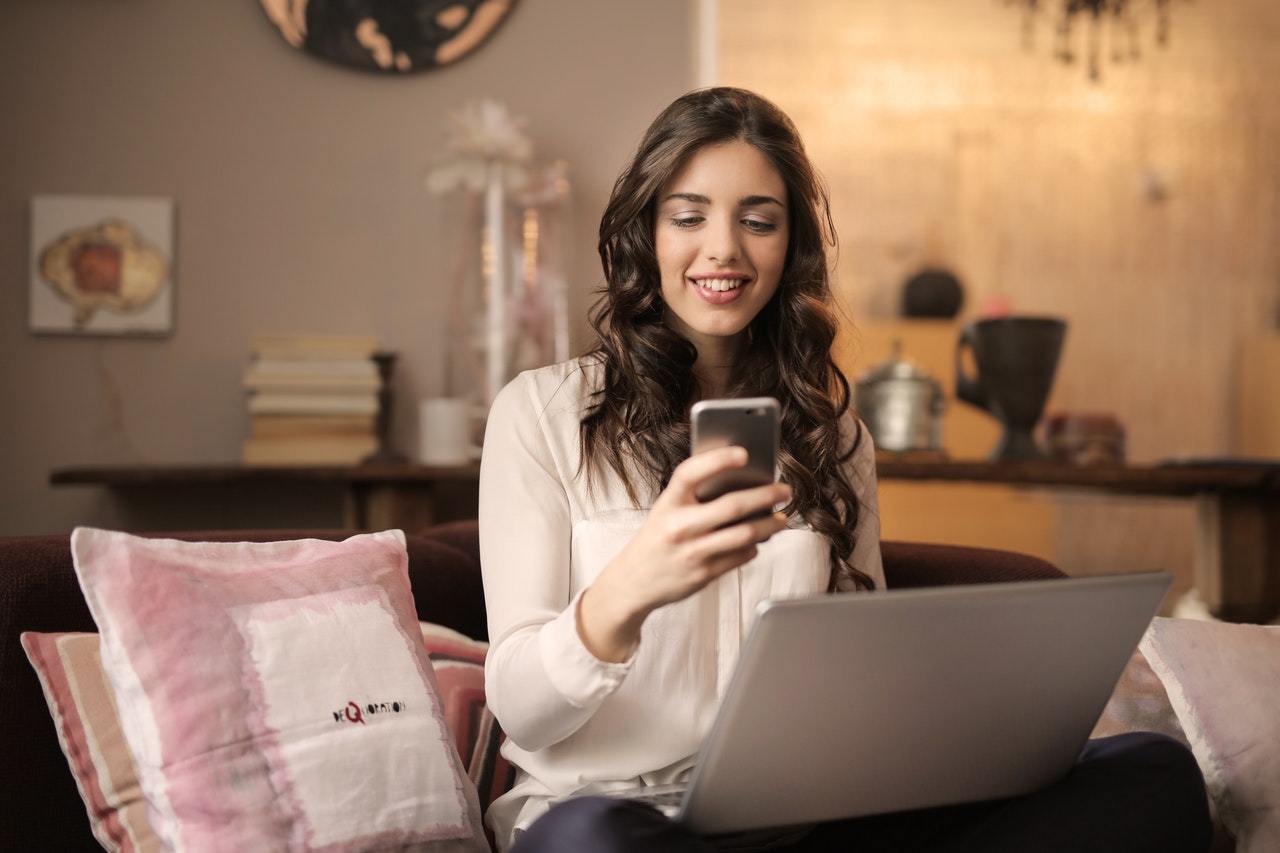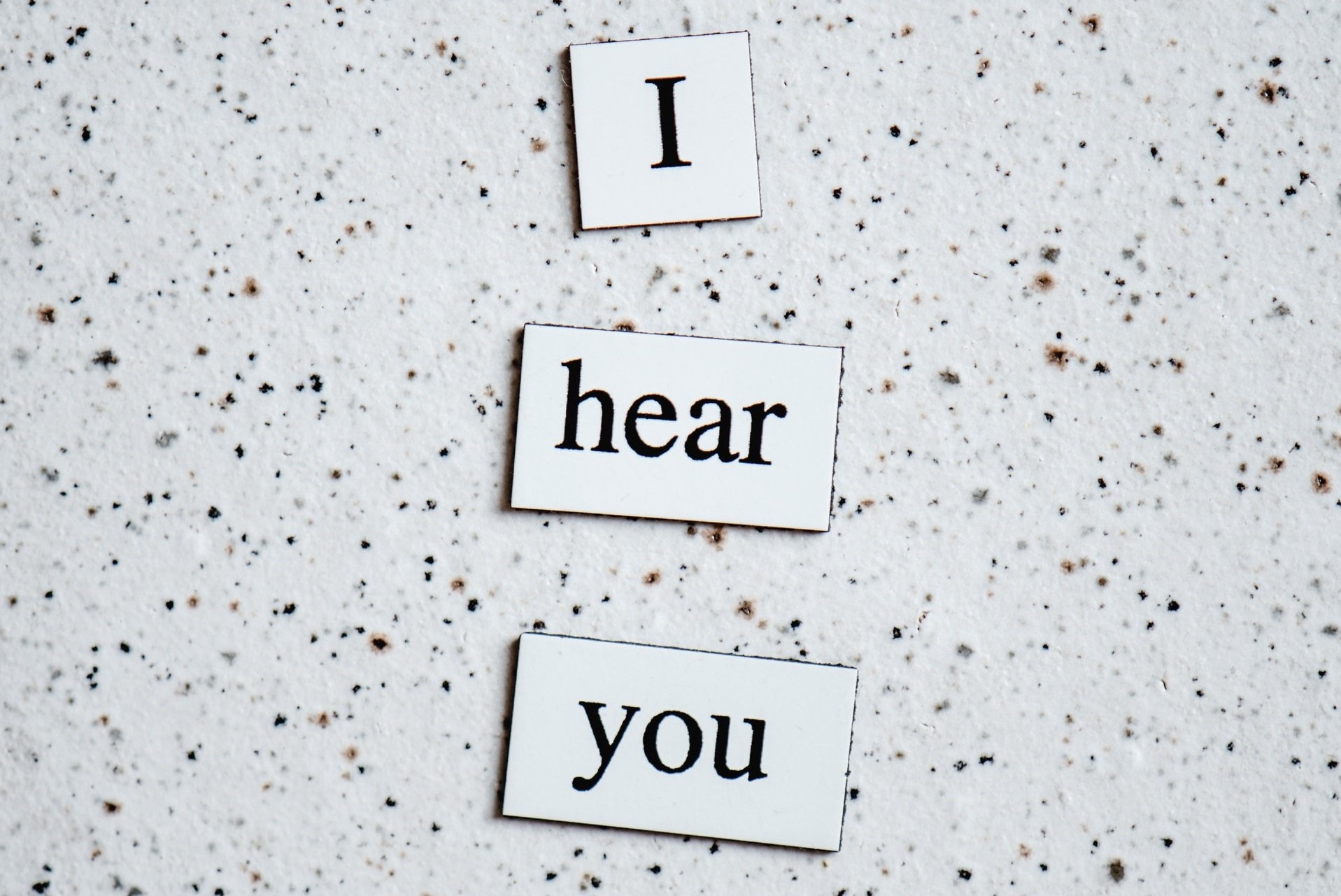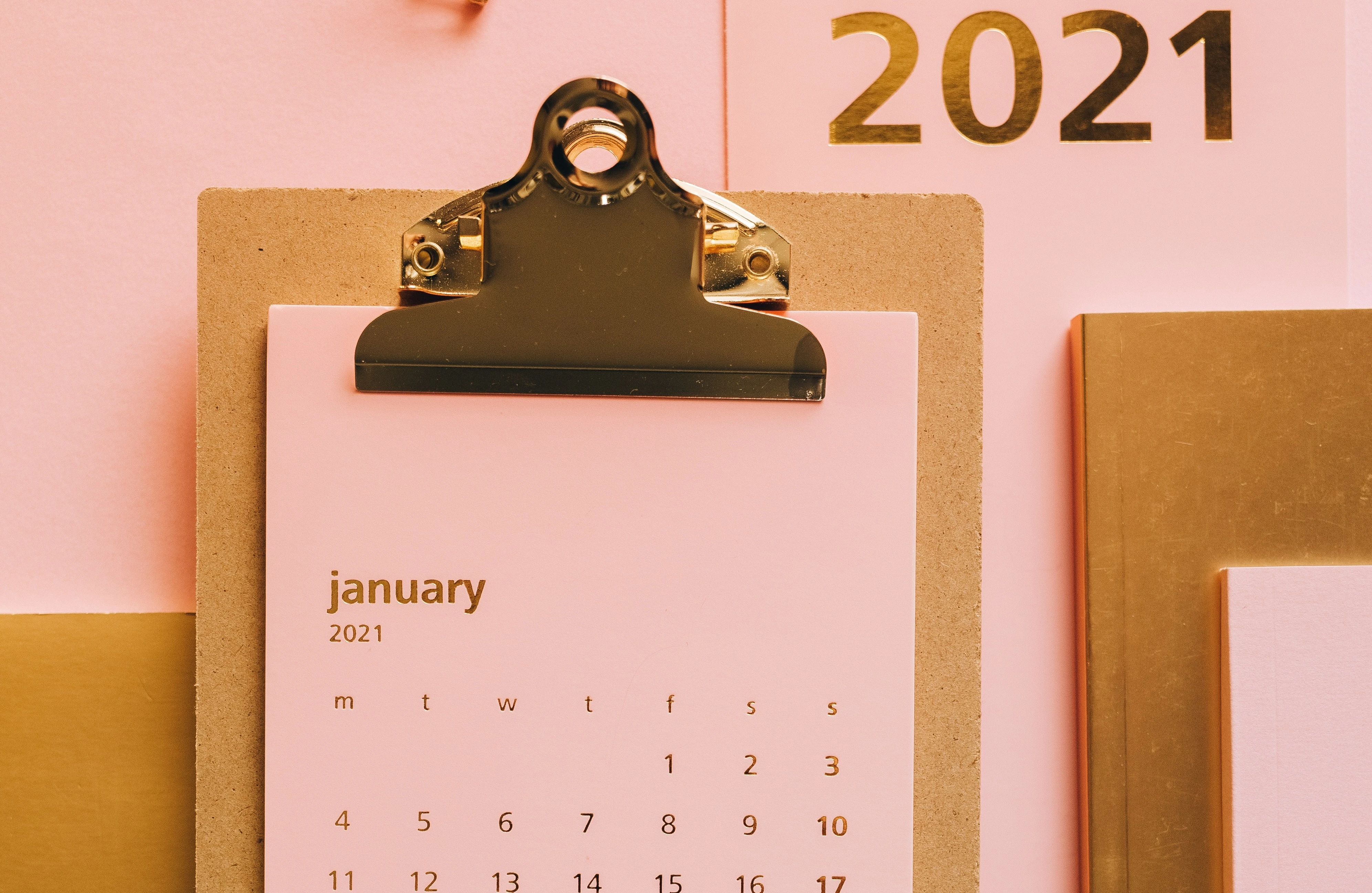
At least two thirds of adults 70 years of age and older experience mild-to-moderate hearing loss. For individuals experiencing hearing loss, attempting to talk on the phone can be a daunting task. Without lips to read and a bad connection, phone calls can become a hard to hear nightmare. People with hearing loss often avoid talking on the phone due to the challenge that it presents.
However, telephone conversations are an important part of modern society; they enable us to call for help when we need it and to stay connected to family and friends. Telephone avoidance is one of a number of consequences of hearing loss, increasing the feelings of isolation and loneliness that hearing loss sufferers endure due to their inability or difficulty in communicating. Left untreated, this can greatly increase the risk of depression, cognitive decline, and dementia. Improving a hearing loss sufferer’s ability to communicate on the phone is paramount to increasing their ability to stay connected to society, and improving their mental and physical health.
How Can My Phone Help?
Fortunately, there are options to make talking on the phone easier for those experiencing hearing loss. In fact, the FCC, in conjunction with other industry groups, have created a rating system to help hearing impaired consumers find phones that are compatible with their hearing aids, cochlear implants, or other hearing assistive devices. Most smartphones and hearing aids will include this rating on the packaging, and a hearing health professional can help make sure that devices you are considering are compatible.
Many smartphones on the market today are designed to be compatible with Hearing Assistive Technology such as neckloops, silhouettes, or bluetooth headsets. Neckloops and silhouettes are worn devices that connect to your smartphone and magnetically pair with the t-coil technology in hearing aids to transmit sound directly from the smartphone to the hearing aid. Some hearing aids are Bluetooth compatible, meaning you can stream phone calls and even music and other audio wirelessly from your smartphone to your hearing aid; although sometimes you need a remote streamer to connect the two devices.
Alternatives To Help Make Talking On The Phone Easier
There are numerous options to increase the ease of talking on the phone with a hearing impairment. For instance, many smartphones have options to provide non-audio indications for certain call functions, such as icons, flashing lights, or vibrating. Alternatively, most smartphones have the capability to download new ringtones and other sounds; ringtones that are at a higher frequency may help some people with hearing loss hear an incoming call or other notification. Many smartphones offer high-definition (HD) voice that boosts the sound for a more natural sounding phone call. Some also offer noise cancellation technology to reduce background noise and help you hear just the person on the other end of the line. For people that use sign language or read lips to better communicate, most smartphones offer the ability to video chat through a number of different apps.
These days, most smartphones also include the capability to work with Text Telephone (TTY) or Real-Time Text (RTT). RTT and TTY allows text to be sent as it is typed without waiting for the user to send it as one message, mimicking an actual phone call. More common than that, however, is SMS texting – which has now become a ubiquitous part of our society. Most if not all smartphones offer email, short message service (SMS), or instant messaging. Many apps with text services such as Facebook Messenger or Whatsapp, can be easily downloaded as well.
Captioned telephone service is another option for people that have difficulty with phone conversations due to hearing loss. It works just like captioned TV, where you read along on your screen as the conversion takes place so you don’t miss a single word. A live communications assistant listens to the participant on the phone call and provides the text on the caption phone. The service is funded by the FCC and free for people with hearing loss that is severe enough to require the service.
Bluetooth compatible hearing aids and personal sound amplification products (PSAPs) are becoming more and more prevalent, allowing you to use the device for both the intended hearing assistance function and as a receiver to take phone calls.
The Olive Smart Ear Offers Easy Phone Calling
For those who have trouble hearing, the best option might be to kill two birds with one stone. The Olive Smart Ear is a PSAP that resembles a typical wireless Bluetooth headset. Simple to set up and intuitive to use, the Olive Smart Ear can act as your hearing amplifier one moment and your Bluetooth headset the next all through simple touch control. Downloading the accompanying app lets you take the sound amplification to the next level, customizing and calibrating the settings to best match the users individual ear.
The information in this guide has been written using the following reliable sources:
https://www.oliveunion.com/products/smart-ear
https://nhc.com.au/living-with-hearing-aids/communicating/talking-on-the-phone-with-hearing-impaired
https://accuquest.com/talk-phone-hearing-loss/
https://www.aarp.org/health/conditions-treatments/info-2015/hearing-amplifiers-psaps.html
https://www.healthyhearing.com/report/51934-The-case-against-personal-sound-amplification-devices
https://www.amjmed.com/article/S0002-9343(15)00935-3/pdf
https://dailycaring.com/free-caption-phone-for-hearing-loss/
https://www.hearingloss.org/hearing-help/technology/phones-mobile-devices/
https://www.accesswireless.org/resources-for-consumers/hearing-resources








